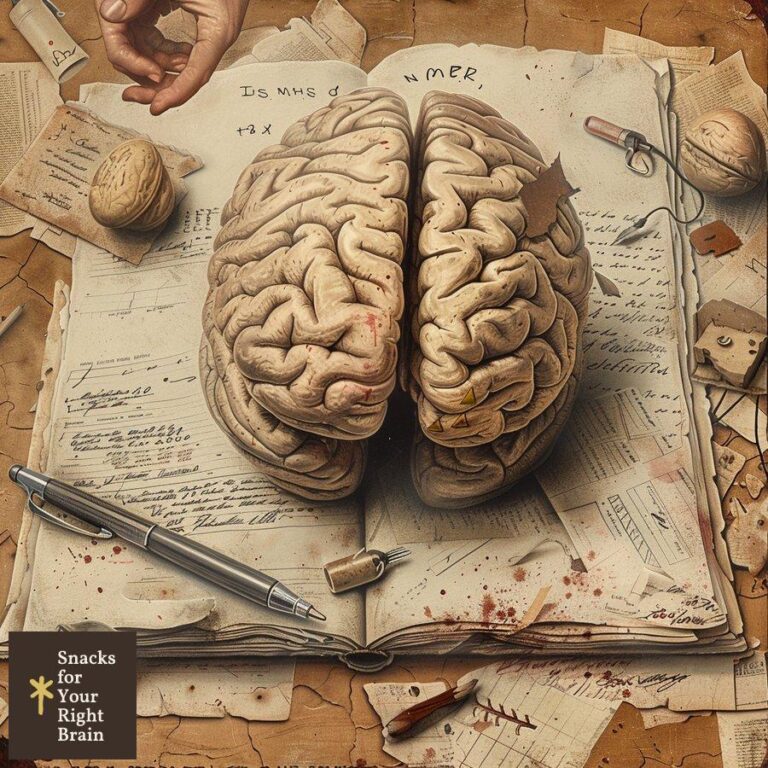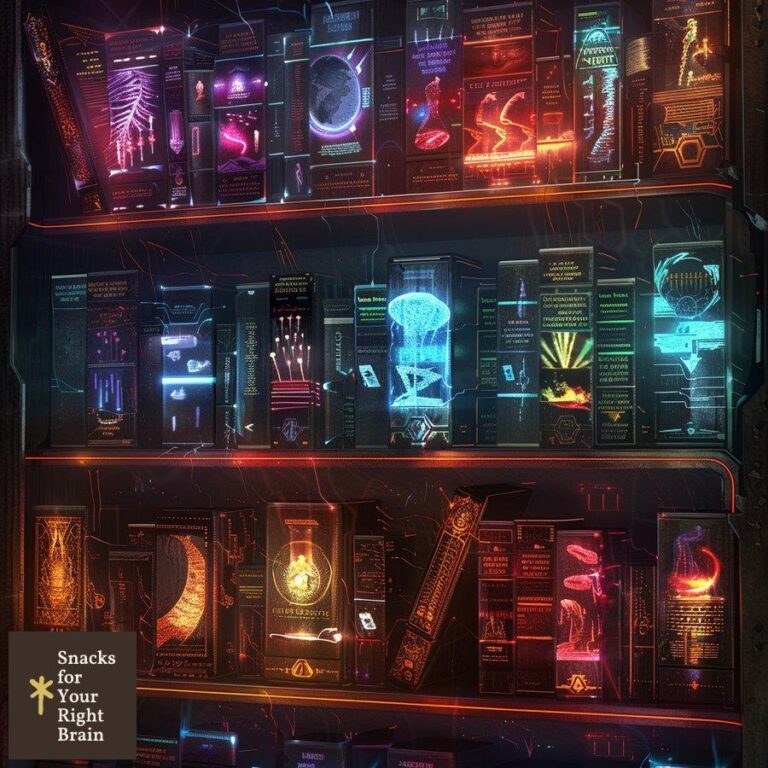Why Are Literary Devices Used in Short Stories
Why are Literary Devices Significant in Short Stories?

Literary devices serve as essential tools that elevate short stories from mere narratives to profound explorations of human experience. They enrich the text, offering layers of meaning and emotional depth that resonate with readers. Understanding the significance of these devices can enhance both the writing and reading experience.
Engagement and Immersion
Literary devices engage readers by creating vivid imagery, relatable characters, and compelling plots. Techniques such as metaphors, similes, and personification draw readers into the story’s world, allowing them to visualize scenes and empathize with characters. This engagement fosters a deeper connection to the narrative, making the experience more impactful.
Emotional Resonance
Devices like symbolism and irony evoke emotions, prompting readers to reflect on their own experiences. For instance, a character’s journey may symbolize broader themes of loss or redemption, resonating with readers on a personal level. This emotional resonance is crucial in short stories, where every word counts and the impact must be immediate and profound.
Structural Cohesion
Literary devices contribute to the overall structure of a short story. Techniques such as foreshadowing and flashbacks create a cohesive narrative arc, guiding readers through the plot while maintaining interest. These devices help to build tension and anticipation, making the resolution more satisfying.
Enhancing Themes
Themes are the underlying messages or insights within a story. Literary devices help to illuminate these themes, providing clarity and depth. For example, the use of allegory can transform a simple story into a commentary on societal issues, encouraging readers to think critically about the world around them.
In summary, literary devices are significant in short stories because they engage readers, evoke emotions, create structural cohesion, and enhance themes. They transform ordinary narratives into extraordinary experiences, making them an indispensable part of effective storytelling.
Which Common Literary Devices Enhance Short Stories?
Numerous literary devices can enhance short stories, each contributing uniquely to the narrative. Below are some of the most common devices used by writers:
Imagery
Imagery involves the use of descriptive language that appeals to the senses. It helps create vivid pictures in the reader’s mind, making the story more immersive. For example, describing a sunset with colors and sounds allows readers to experience the moment alongside the characters.
Symbolism
Symbolism assigns deeper meanings to objects, characters, or events. For instance, a broken mirror may symbolize shattered dreams. This device encourages readers to look beyond the surface and explore the underlying themes of the story.
Foreshadowing
Foreshadowing hints at future events, building anticipation and suspense. A subtle clue early in the story can lead to a significant revelation later, enhancing the narrative’s complexity.
Irony
Irony involves a contrast between expectations and reality. It can create humor or highlight the absurdity of a situation. For example, a fire station burning down is an ironic twist that can provoke thought and reflection.
Dialogue
Dialogue reveals character traits, motivations, and relationships. Well-crafted conversations can convey emotions and advance the plot, making characters more relatable and dynamic.
Point of View
The chosen point of view influences how the story is perceived. First-person narration offers intimacy, while third-person omniscient provides a broader perspective. The point of view shapes the reader’s understanding of characters and events.
Theme
The theme is the central idea or message of the story. Literary devices help to convey themes effectively, allowing readers to grasp the writer’s intent. For instance, a story about friendship may use dialogue and symbolism to highlight its importance.
In summary, common literary devices such as imagery, symbolism, foreshadowing, irony, dialogue, point of view, and theme enhance short stories by adding depth, complexity, and emotional engagement. Writers can use these tools to create memorable narratives that resonate with readers.
How Do Literary Devices Affect Characterization?

Characterization is the process of creating and developing characters in a story. Literary devices play a vital role in shaping how characters are perceived and understood by readers. The following devices significantly impact characterization:
Direct Characterization
Direct characterization involves explicitly stating a character’s traits. For example, a narrator might describe a character as “brave and selfless.” This straightforward approach provides clarity but may lack depth.
Indirect Characterization
Indirect characterization reveals character traits through actions, dialogue, and reactions. For instance, a character who helps others in need demonstrates kindness without being explicitly labeled as such. This method allows readers to infer traits, making the characterization more engaging.
Dialogue
Dialogue is a powerful tool for characterization. The way characters speak—through their choice of words, tone, and speech patterns—reveals their personalities and backgrounds. A character who uses formal language may be perceived as educated, while one who speaks in slang may come across as more casual or rebellious.
Symbolism
Characters can also be represented through symbolism. For example, a character who always wears a red scarf may symbolize passion or danger. This device adds layers to the character, encouraging readers to consider their significance within the story.
Conflict
Conflict is essential for character development. Characters often reveal their true selves when faced with challenges. A character’s response to conflict can highlight their strengths, weaknesses, and growth throughout the narrative.
Motivation
Understanding a character’s motivation is crucial for effective characterization. Literary devices such as flashbacks can provide insight into a character’s past experiences, explaining their current behavior and decisions. This depth allows readers to empathize with characters, making them more relatable.
Transformation
Character transformation is a common theme in literature. Devices such as foreshadowing can hint at a character’s potential growth or decline. A well-executed transformation can leave a lasting impression on readers, emphasizing the character’s journey.
In conclusion, literary devices significantly affect characterization by providing depth, clarity, and emotional resonance. Through direct and indirect characterization, dialogue, symbolism, conflict, motivation, and transformation, writers can create compelling characters that resonate with readers.
In What Ways Do Literary Devices Create Suspense and Surprise?
Suspense and surprise are essential elements in storytelling that keep readers engaged and invested in the narrative. Literary devices play a crucial role in building these elements, enhancing the overall reading experience. The following devices are particularly effective in creating suspense and surprise:
Foreshadowing

Foreshadowing subtly hints at future events, creating anticipation. When readers notice clues that suggest a significant twist or outcome, they become eager to see how the story unfolds. This technique builds suspense as readers begin to speculate about potential developments.
Pacing
Pacing refers to the speed at which a story progresses. Writers can manipulate pacing to create tension. For instance, short, abrupt sentences can quicken the pace during a climactic moment, heightening suspense. Conversely, lengthy descriptions can slow down the narrative, allowing readers to savor the tension before a reveal.
Red Herrings
Red herrings are misleading clues that divert readers’ attention from the actual outcome. This device creates surprise by leading readers to form incorrect assumptions. When the truth is finally revealed, the unexpected twist can be both shocking and satisfying.
Cliffhangers
Cliffhangers are moments of unresolved tension that leave readers eager for more. Ending a chapter or story with a dramatic revelation or unanswered question compels readers to continue. This device effectively builds suspense, as readers are left wondering what will happen next.
Reversal
Reversal occurs when the expected outcome is turned on its head. A character who seems to be the hero may reveal their true intentions, or a seemingly insurmountable obstacle may be overcome unexpectedly. This device creates surprise and keeps readers engaged in the story.
Unreliable Narrator
An unreliable narrator presents a skewed version of events, leading readers to question the truth. This device can create suspense as readers try to decipher what is real and what is not. The eventual revelation of the narrator’s true motives or the reality of the situation can lead to a surprising twist.
Symbolism
Symbolism can also contribute to suspense and surprise. An object or event that seems insignificant may hold deeper meaning, leading to unexpected revelations. For example, a seemingly harmless letter may contain shocking news, altering the course of the narrative.
In summary, literary devices such as foreshadowing, pacing, red herrings, cliffhangers, reversal, unreliable narrators, and symbolism effectively create suspense and surprise in short stories. These techniques keep readers engaged, heightening their emotional investment in the narrative.
How Do Literary Devices Convey Themes and Messages?
Themes and messages are the underlying ideas that give a story its meaning. Literary devices are instrumental in conveying these themes, allowing writers to explore complex ideas and emotions. The following devices are particularly effective in this regard:
Symbolism
Symbolism assigns deeper meanings to objects, characters, or events. For instance, a storm may symbolize turmoil or conflict within a character. This device encourages readers to look beyond the surface and engage with the story’s themes on a deeper level.
Allegory
Allegory is a narrative technique in which characters and events represent broader concepts or moral lessons. A story that serves as an allegory for social justice can provoke thought and discussion, encouraging readers to reflect on real-world issues.
Motif
A motif is a recurring element that reinforces a theme. For example, the motif of light and darkness can symbolize knowledge and ignorance. By weaving motifs throughout the narrative, writers can emphasize their themes and create a cohesive message.
Irony
Irony highlights contrasts between expectations and reality, often revealing deeper truths. A story that ends with an ironic twist can underscore the theme of unpredictability in life, prompting readers to reflect on their own experiences.
Dialogue
Dialogue can effectively convey themes through characters’ discussions and interactions. Conversations that touch on philosophical or moral dilemmas can illuminate the central message of the story, making it more relatable and thought-provoking.
Imagery
Imagery creates vivid pictures that evoke emotions and highlight themes. Descriptive language can set the tone and mood, allowing readers to connect with the story’s message. For example, a description of a desolate landscape may symbolize despair or hopelessness.
Conflict
Conflict is essential for exploring themes. Characters facing internal or external struggles can reveal the complexities of human nature and society. The resolution of these conflicts often serves as a commentary on the theme, providing insight into the writer’s perspective.
In conclusion, literary devices such as symbolism, allegory, motif, irony, dialogue, imagery, and conflict effectively convey themes and messages in short stories. These techniques allow writers to explore complex ideas and emotions, enriching the reading experience.
What Are Examples of Effective Literary Devices in Short Stories?
![]()
Effective literary devices can significantly enhance short stories, making them memorable and impactful. Below are examples of notable literary devices used in well-known short stories:
Metaphor in “The Lottery” by Shirley Jackson
In “The Lottery,” Shirley Jackson employs metaphor to critique societal norms and traditions. The lottery itself symbolizes blind adherence to tradition, highlighting the dangers of conformity. This device prompts readers to question the morality of societal practices.
Imagery in “A Good Man is Hard to Find” by Flannery O’Connor
Flannery O’Connor’s use of imagery in “A Good Man is Hard to Find” creates a vivid sense of place and character. Descriptions of the rural South evoke a strong atmosphere, immersing readers in the story while emphasizing themes of morality and redemption.
Foreshadowing in “The Tell-Tale Heart” by Edgar Allan Poe
Edgar Allan Poe masterfully uses foreshadowing in “The Tell-Tale Heart” to build suspense. Early hints about the narrator’s madness and obsession with the old man’s eye create an unsettling atmosphere, leading readers to anticipate the story’s chilling climax.
Symbolism in “The Yellow Wallpaper” by Charlotte Perkins Gilman
In “The Yellow Wallpaper,” Charlotte Perkins Gilman employs symbolism to explore themes of mental illness and oppression. The wallpaper itself represents the narrator’s confinement and descent into madness, encouraging readers to reflect on the societal constraints placed on women.
Irony in “The Gift of the Magi” by O. Henry
O. Henry’s “The Gift of the Magi” uses irony to convey the theme of love and sacrifice. The couple’s decision to sell their most prized possessions to buy gifts for each other leads to a poignant twist, illustrating the depth of their love despite their poverty.
Dialogue in “Harrison Bergeron” by Kurt Vonnegut
In “Harrison Bergeron,” Kurt Vonnegut uses dialogue to convey themes of equality and individuality. The conversations between characters reveal the absurdity of enforced equality, prompting readers to consider the implications of such a society.
Conflict in “The Cask of Amontillado” by Edgar Allan Poe
Conflict is central to Edgar Allan Poe’s “The Cask of Amontillado.” The story’s tension arises from the narrator’s desire for revenge against Fortunato. This conflict drives the plot and highlights themes of pride and betrayal.
In summary, effective literary devices such as metaphor, imagery, foreshadowing, symbolism, irony, dialogue, and conflict can significantly enhance short stories. These examples illustrate how writers use these devices to create memorable narratives that resonate with readers.






